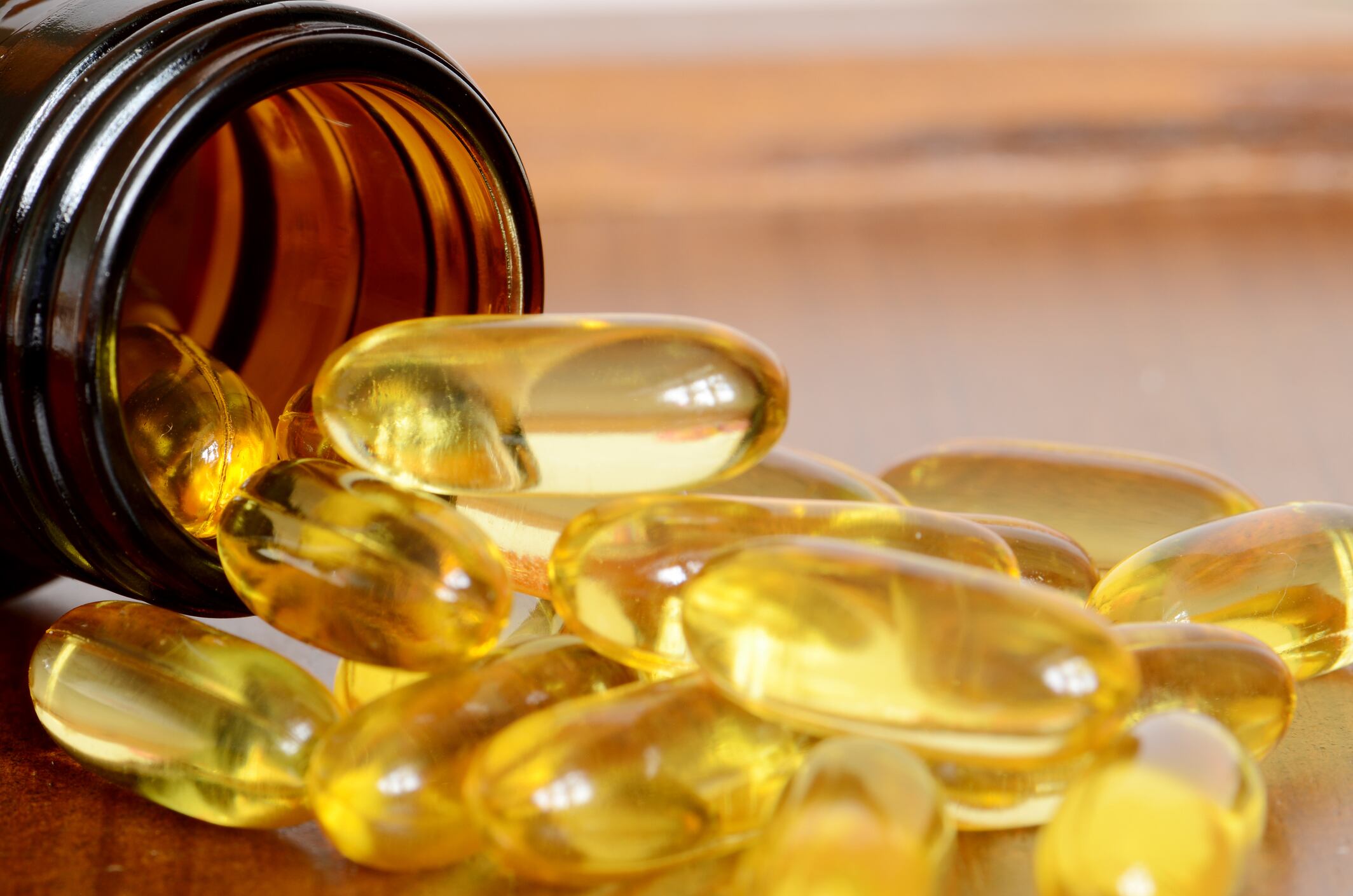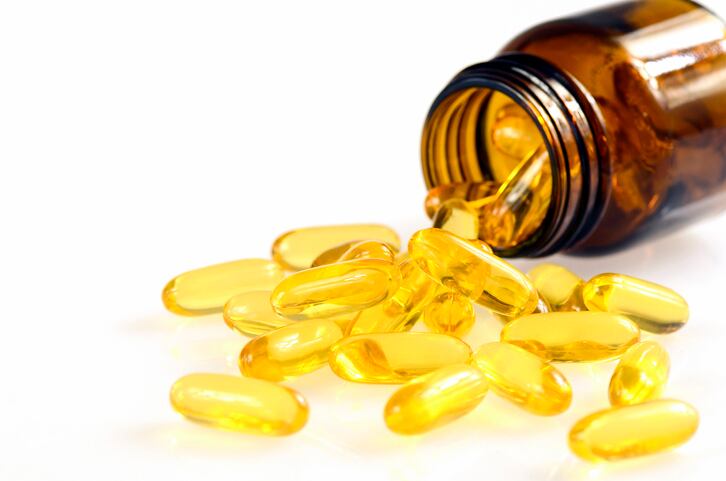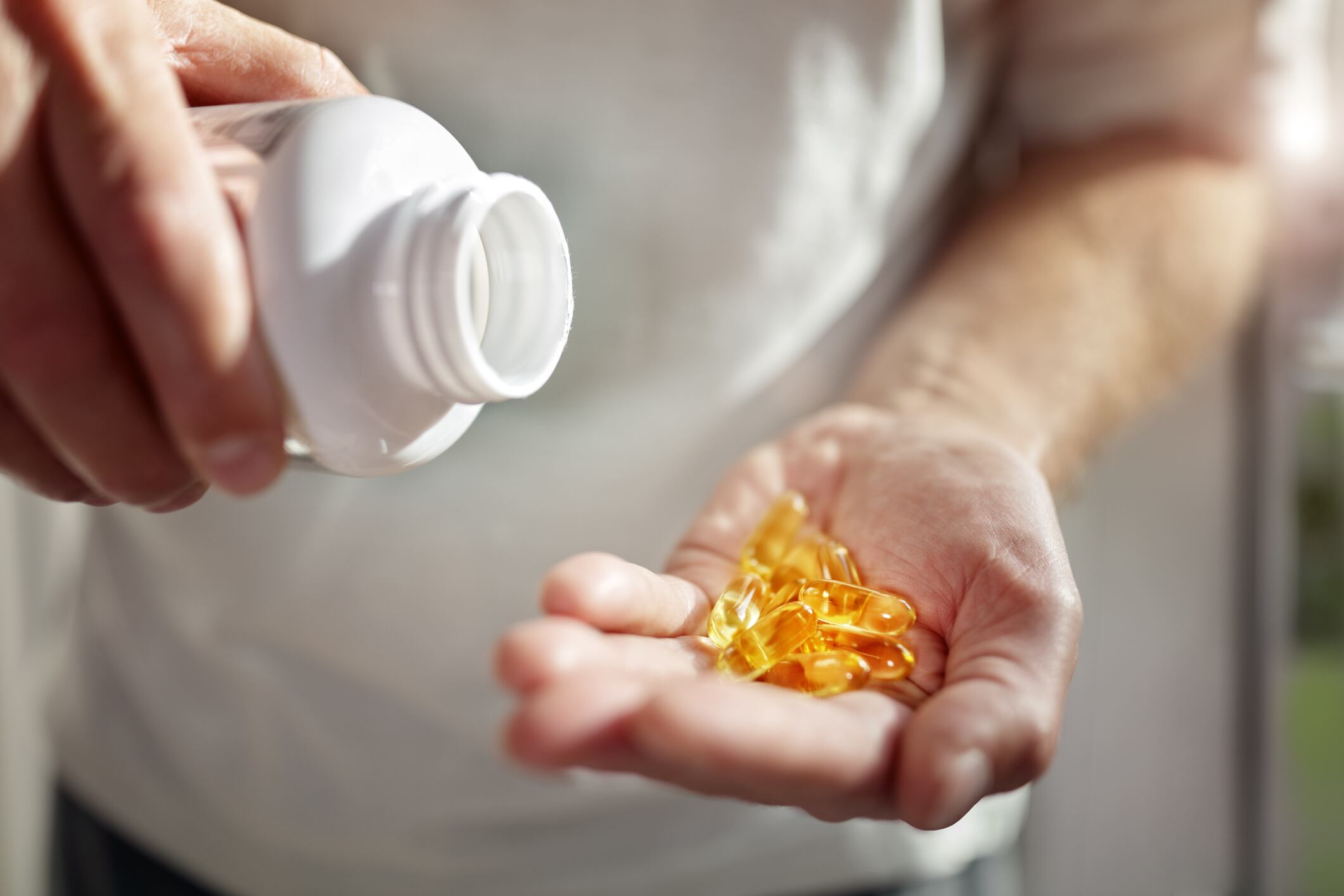Using natural variations in the ratio of carbon isotopes (13C:12C), a measure called the carbon-13 isotopic abundance [δ13C], scientists from the University of Toronto reported that consumption of EPA leads to increases in DHA levels by conversion of EPA to DHA. However, increases in EPA levels after DHA intake are not linked to a backward conversion but rather to a slowing in the metabolism of EPA already present in the body.
Writing in The American Journal of Clinical Nutrition, the Toronto-based scientists note: “We have […] provided strong evidence against previously believed concepts relating to the function of the n–3 PUFA biosynthesis pathway. These new findings suggest that: 1) there is substantial synthesis of DHA from EPA in humans, and 2) the increases in EPA upon DHA feeding are the result of slowed EPA metabolism, and not retroconversion of DHA.
“Determining δ13C of n–3 PUFA in humans is a remarkably powerful tool that can not only track dietary intake patterns, but can also provide novel insights into complex metabolic questions.”
“Rigor”
In an accompanying editorial in the same journal, Tom Brenna, PhD, professor at the Dell Pediatric Research Institute at the University of Texas at Austin, explained that exploiting differences in natural carbon isotope ratios combined with high-precision measurements allowed the authors to test their hypothesis with rigor, and “without resorting to dosing with artificial isotopic tracers and thus having to address the inherent uncertainties in the interpretation of transient tracers in the circulating pools.
“EPA and DHA are both regarded as key metabolites, and many nutrition scientists regard them as at least conditionally essential nutrients,” added Prof Brenna. “Though the biochemical pathways exist to convert one into another, it has long been known that dietary EPA and DHA are not interchangeable. For instance, neural tissue is rich in DHA because it is avidly retained, whereas EPA is nearly absent owing to rapid degradation.
“Consumption of DHA dramatically reduces the incidence of dangerous preterm birth (<34 wk). With respect to chronic disease, numerous meta-analyses demonstrate that EPA-rich supplements reduce symptoms of depression, and 4-g doses of pure EPA reduce ischemic events, including cardiovascular death in patients with a history of cardiovascular disease.”
Study details
Led by Adam Metherel and Richard Bazinet, the Toronto-based researchers measured δ13C in 45 young men and 45 young women divided equally into three groups. One group consumed olive oil (control group), the second group received DHA supplements (at a daily dose of approximately three grams per day), and the third group received EPA supplements (approximately three grams per day).
After 12 weeks of intervention, the results showed that DHA supplementation was associated with a 130% increase in plasma EPA concentration, but no changes in plasma δ13C-EPA were recorded.
“The δ13C-DHA of the DHA supplement was not detected in plasma EPA and demonstrates for the first time in humans that slower EPA turnover, and not retroconversion, is the mechanism responsible for the concomitant rise in plasma EPA following DHA supplementation,” wrote the authors.
Additionally, EPA supplementation did increase plasma δ13C-DHA toward the natural 13C:12C ratio of EPA present in the supplement. This indicated “substantial levels of in-vivo synthesis of DHA from EPA”, explained the researchers. On the other hand, no changes to plasma DHA concentrations were observed.
Metherel, Bazinet and their co-workers also found that EPA supplements led to 880% increases in plasma EPA levels, and to 200% increases in docosapentaenoic acid (DPA) levels. The 13C:12C ratio in the DPA moved towards the 13C:12C ratio of EPA in the supplement
“Our study clearly demonstrates that changes in dietary n–3 PUFA intake can be detected in plasma δ13C-n–3 PUFA and could therefore be a useful biomarker for fish and seafood intakes in various populations,” they concluded.
“Cutting-edge research”
Commenting independently on the study’s findings, Harry Rice, PhD, VP of regulatory & scientific affairs for the Global Organization for EPA and DHA Omega-3s (GOED), told us: “The reported research is yet one more example of the cutting-edge research conducted by Dr. Bazinet's lab. What I really appreciate about his research is that he takes risks and challenges the norms all for the sake of advancing science.”
Free omega-3 webinar

Join experts from Wiley's Finest, the Global Organization of EPA and DHA Omega-3s, OmegaQuant, and Amin Talati Wasserman for a dive deep into the omega-3 waters to explore the supply chain, quality standards, innovative new forms and products, the state of the science, and how the industry feels moving forward.
For more information and to register for FREE, please click HERE.
Source: The American Journal of Clinical Nutrition
Published online ahead of print, doi: 10.1093/ajcn/nqz097
“Compound-specific isotope analysis reveals no retroconversion of DHA to EPA but substantial conversion of EPA to DHA following supplementation: a randomized control trial”
Authors: A.H. Metherel, M. Irfan, S.L. Klingel, D.M. Mutch, R.P. Bazinet
Editorial: The American Journal of Clinical Nutrition
Published online ahead of print, doi: 10.1093/ajcn/nqz125
“DHA retroconversion revisited: dietary DHA spares endogenous EPA”
Author: J.T. Brenna





